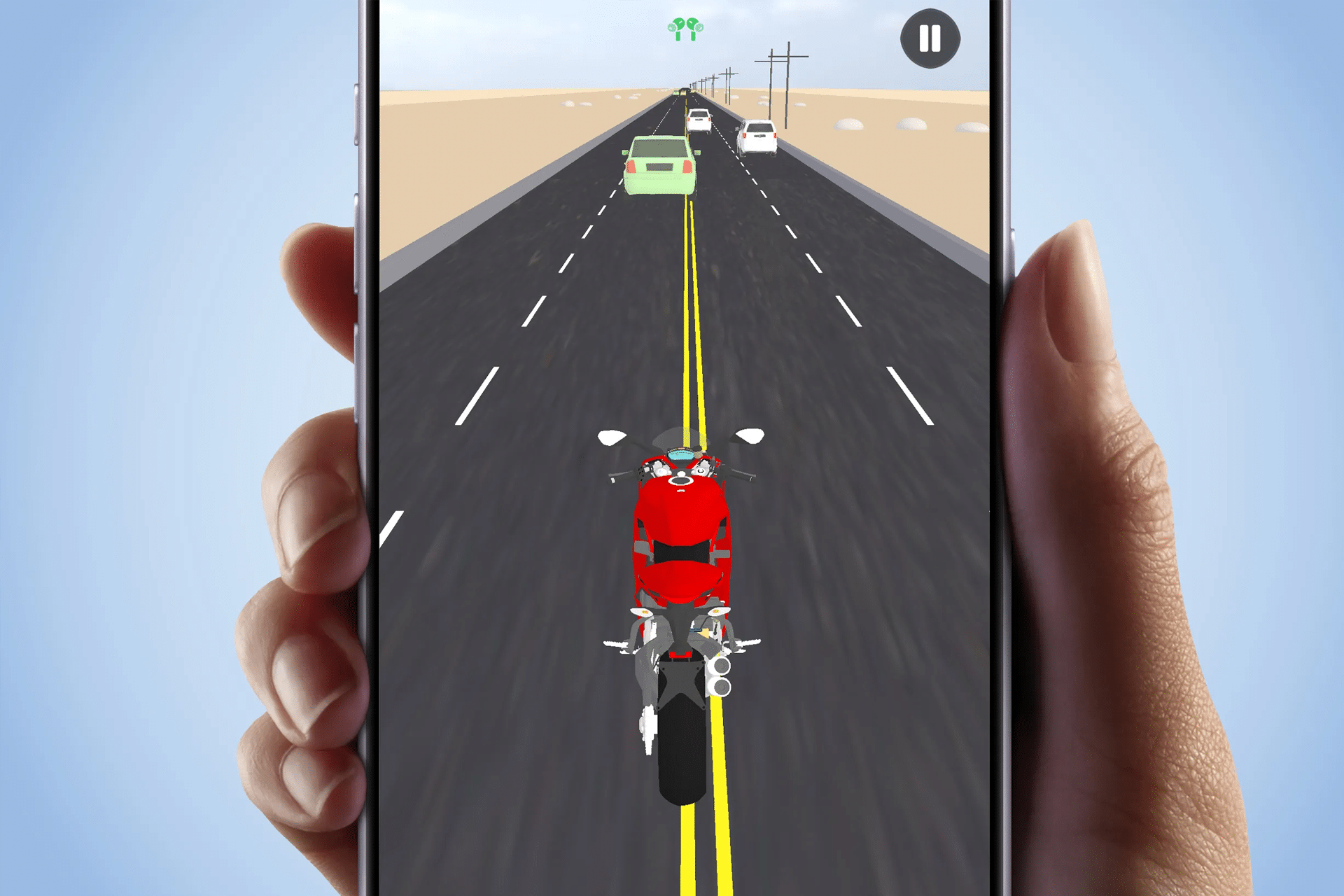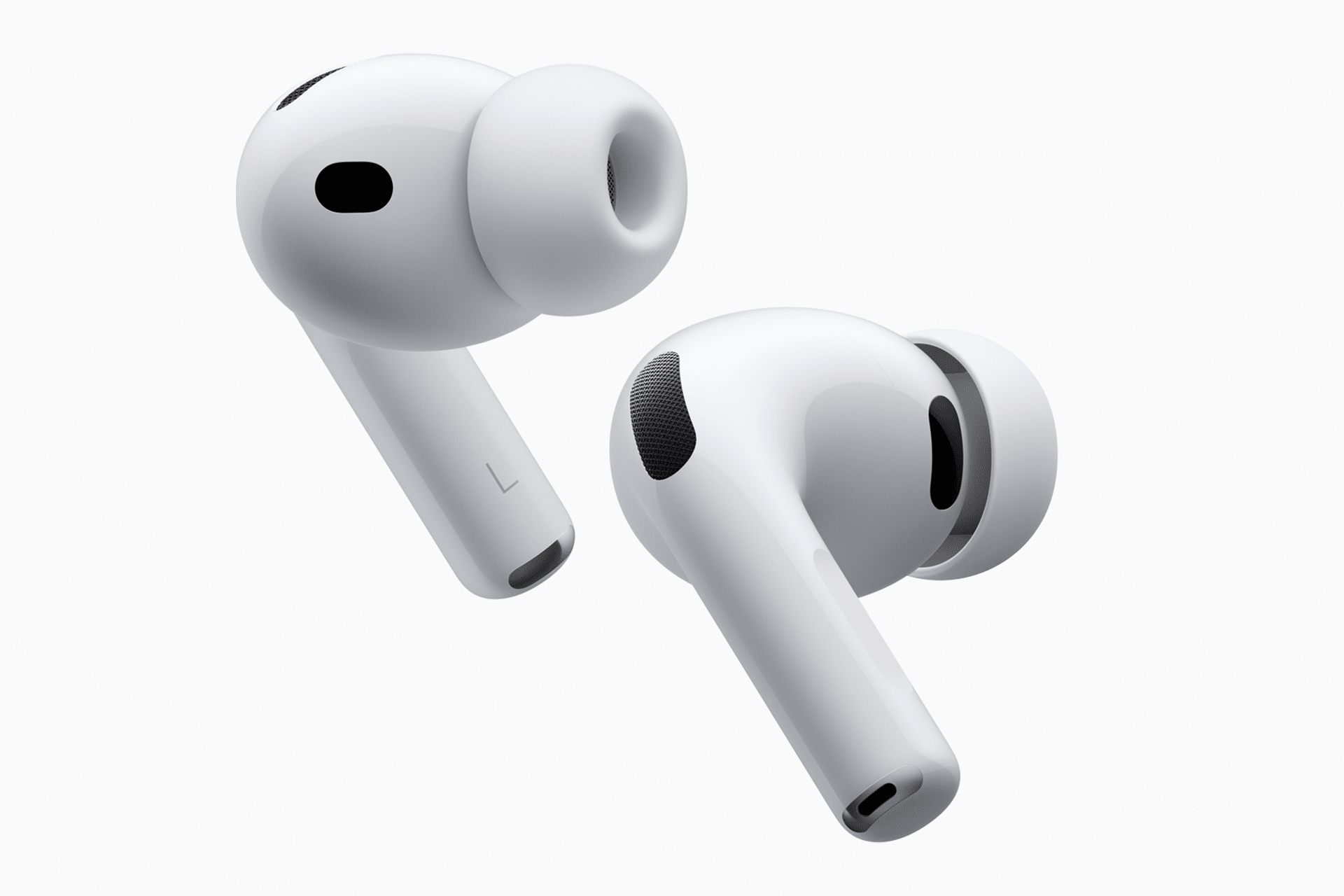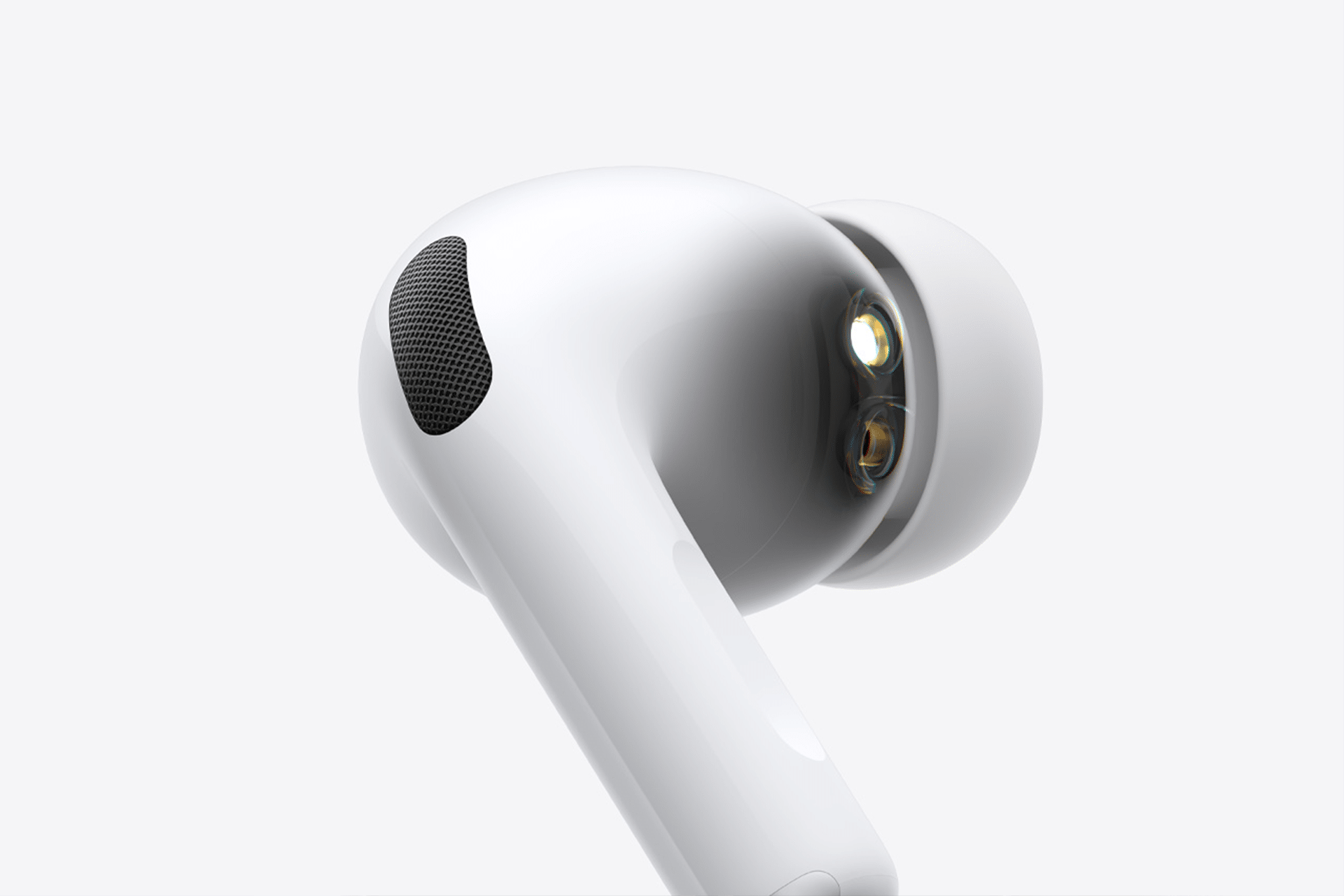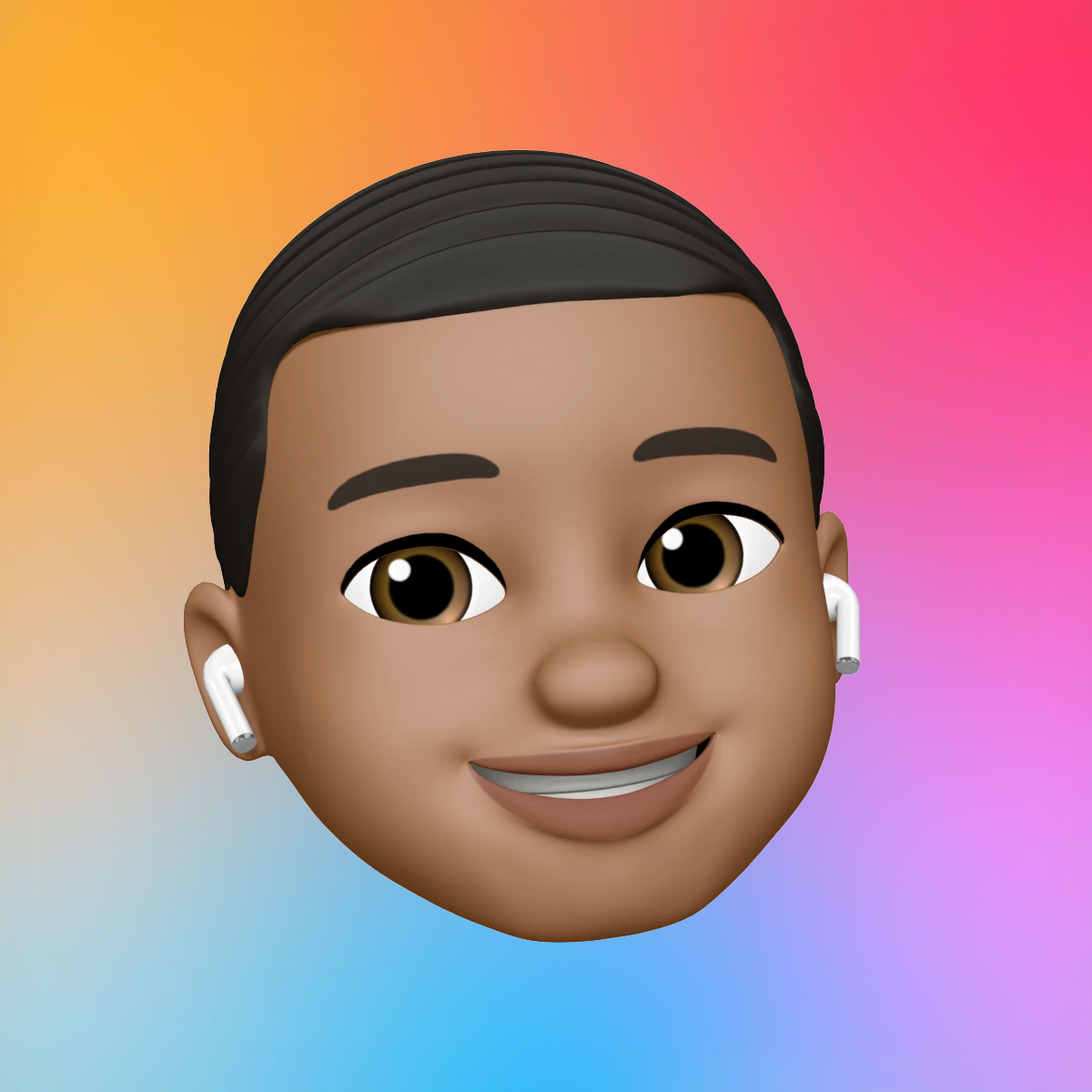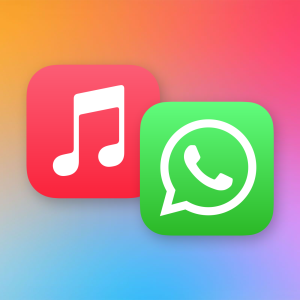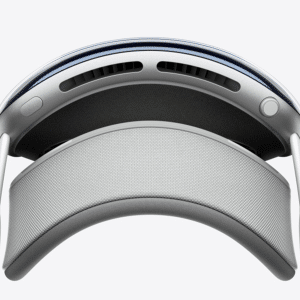RidePods iPhone game is giving AirPods a surprising new role: acting as a steering wheel. The title, just released on the App Store, makes use of the motion sensors built into Apple’s earbuds, turning head tilts and subtle movements into real-time steering input. It’s one of the first examples of an iOS game designed specifically to showcase how AirPods can interact with gameplay.
The concept is straightforward but clever. Once paired with an iPhone, the AirPods’ accelerometer and gyroscope are mapped to steering mechanics. Instead of swiping on the screen or tilting the phone itself, players guide their vehicle by moving their head. For a racing game, this creates a more immersive, hands-free experience that leans on hardware Apple designed for audio but repurposed here for play.
How RidePods Works
Players put in their AirPods, open RidePods, and start a race. As the car accelerates, steering is handled entirely by tilting the head left or right. The AirPods’ built-in sensors, normally used for Spatial Audio and automatic ear detection, feed data directly into the game. The result is responsive steering that feels surprisingly natural, especially when paired with haptic feedback on the iPhone.
Developers behind RidePods note that the design was meant to reimagine what AirPods can do. Apple’s earbuds have long been praised for their sound quality and seamless integration, but few games have tapped into their motion hardware. By centering gameplay around AirPods, RidePods adds novelty to iOS gaming at a time when developers are experimenting more with device interactivity.
Why It Stands Out
AirPods have become one of Apple’s most successful accessories, with millions in daily use. Yet most people think of them purely as audio devices. RidePods challenges that perception, using their technology for something unexpected. For iPhone owners who also own AirPods, the barrier to entry is low—no extra controller is needed, just earbuds already in use.
The game also highlights a broader trend in Apple’s ecosystem: finding new uses for existing hardware. Just as Apple Watch sensors have been adopted by fitness and health apps, AirPods’ motion data could inspire other developers to create interactive experiences beyond music and calls.
The Bigger Picture for iPhone Gaming
RidePods arrives at a time when iPhone gaming continues to expand into new territory. With Apple Arcade supporting premium experiences and developers exploring AR and motion-based mechanics, AirPods integration feels like a natural extension. It’s unlikely to replace traditional controls, but it demonstrates how Apple’s accessories can blur the line between tools and toys.
If RidePods proves popular, it may encourage more developers to experiment with AirPods as input devices. The accelerometer, gyroscope, and even future hardware improvements could turn earbuds into controllers for racing, fitness, or even rhythm games.
